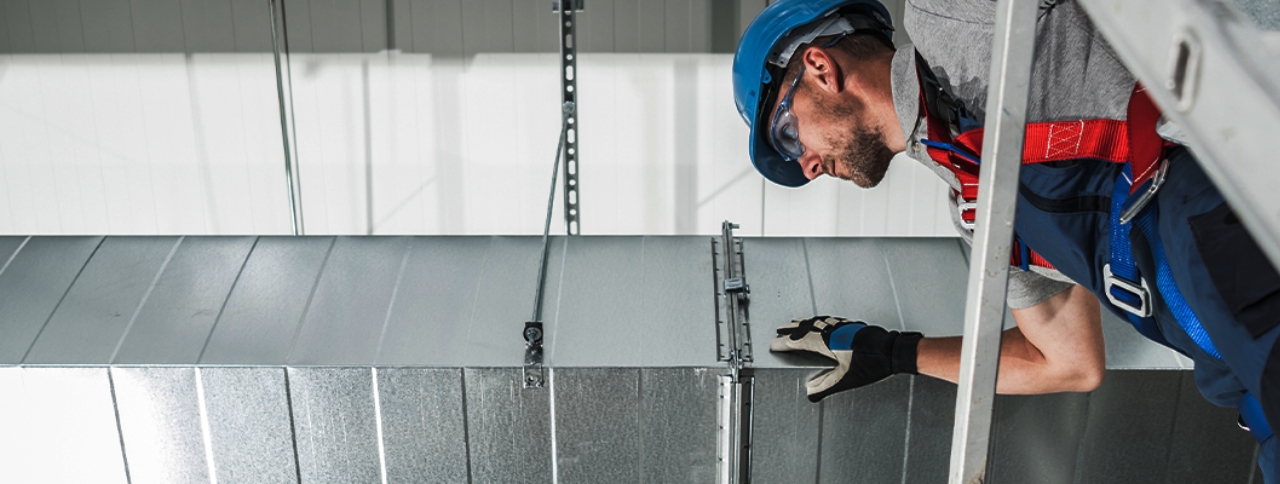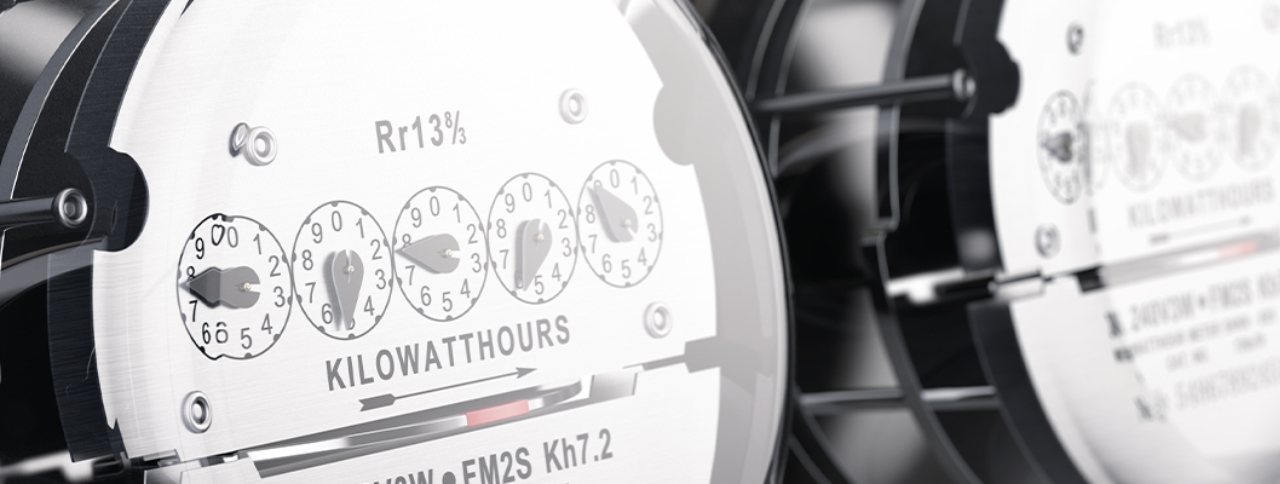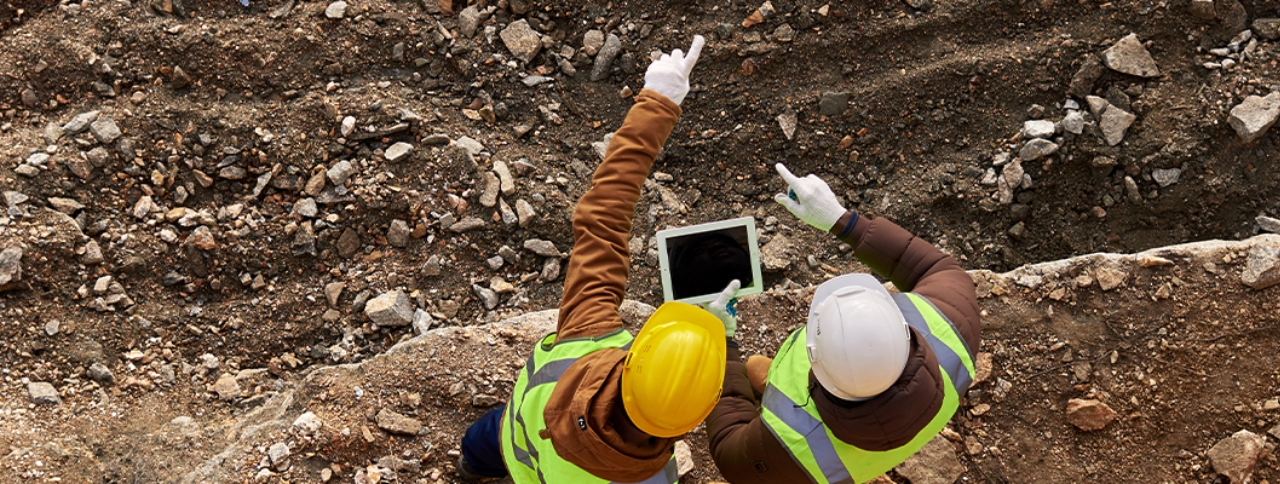Exploration Study – Industrial Ventilation Systems
CHALLENGE: DETERMINE THE OPPORTUNITY FOR ENERGY REDUCTION IN THE VENTILATION SYSTEM
An automotive paint shop assembly line usually has a continuous ventilation system with the purpose to scrub powdered coating particulate from the building air. This Actemium customer had existing fans with variable frequency drives that were uncontrolled (set at 100%). Their car volumes were varying due to several process reasons including product mix and order demand. The Actemium team conducted a process energy exploration study based on measurement and modeling with the plant operation managers to determine the feasibility for energy conservation.
Process energy modelling using regression analysis confirmed that there was significant waste energy reduction available by measuring particulate levels with sensors and adding fan speed controls.
SOLUTION: REALIGN THE VENTILATION CONTROL TO THE BEST DRIVER
Ventilation systems are designed to remove excess heat, contaminants, particulate, odours, etc. for the purpose of health and safety or process needs. Generally, HVAC systems in manufacturing facilities are designed for worse case scenarios. Operating plants don’t always run to capacity or worst case. Opportunities exist to vary the capacity of the ventilation system to match the actual plant conditions.
For this automotive paint plant, it was found that the powdered coating particulate levels varied with paint production rate. Therefore, it was decided to control the speed of the ventilation fans based on a predetermined setpoint, the quality standard for particulate level. Process energy modelling confirmed that there was significant opportunity for waste energy reduction by measuring particulate levels with sensors and adding a controller for fan speed adjustment. As a result, particulate level sensors and controls were deployed with 30% savings in ventilation consumption.
RESULTS:
An investment in sensors and controls of $20,000 resulted in the plant saving $210,000/year in fan drive energy consumption. Fortunately, VFD’s were already in place and the project CAPEX required was modest. The summarize, the automotive paint shop saw a:
- 30% Reduction in annual consumption
- $20,000 Investment in Sensors and Controls
- $210,000 /year in fan drive energy consumption savings




